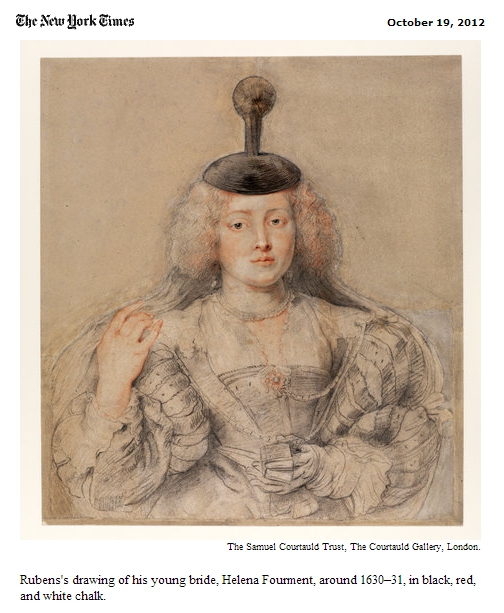Reading Karen Rosenberg’s review of the Frick Collection’s show, “Mantegna to Mattise: Master Drawings From the Courtauld Gallery,” reminded me that large time-spanning exhibits need several slow looks.
Rosenberg writes that “the installation… is roughly chronological. But it’s also dialogical, encouraging much back-and-forth between works of similar subject or virtuosity. At times the viewer may feel like a moderator, which in this case is a good thing.”
She herself makes several connections for us, playfully exploring the narrative possibilities and interesting quirks of several pairs of drawings. Her article speaks to how anyone can make his or her own unique connections and observations of art, especially if they take the time to look slowly.
Read on to catch onto her lighthearted approach to the art of looking, and if you are in New York, be sure to make one, two or three visits to the Frick Collection for a slow enjoyment of these drawings.
– Naomi Kuo, Slow Art Day Intern


Maggie,
Good points. I agree both that the Frick is terrific and that it’s helpful and important when exhibitions are designed in such a way to allow slow viewers to really be able to draw conclusions and see parallels.
And, separately, I do simply love drawings.
Phil
Founder, Slow Art Day
The Frick is one of my favorite museums, and this sounds like a great exhibition. It’s always interesting when exhibitions set up parallels between works of art and allow the parallels to be open-ended enough for viewers to draw their own conclusions.